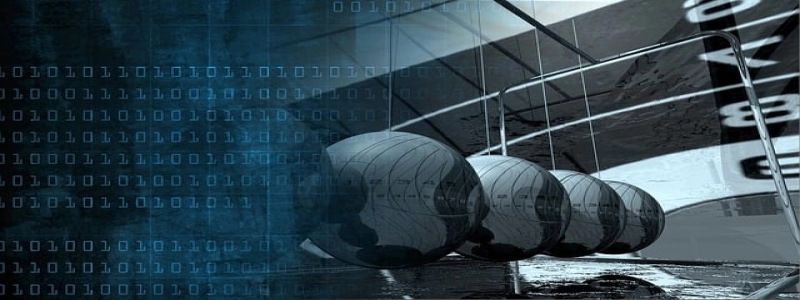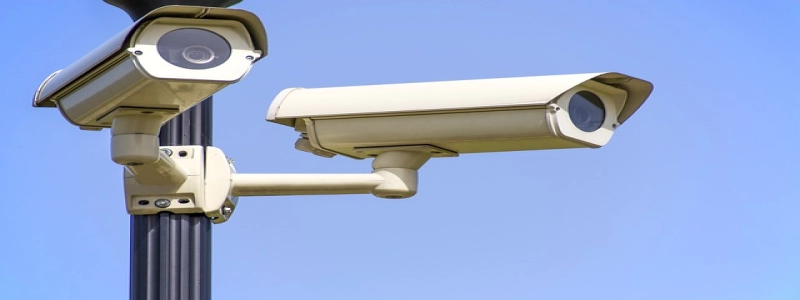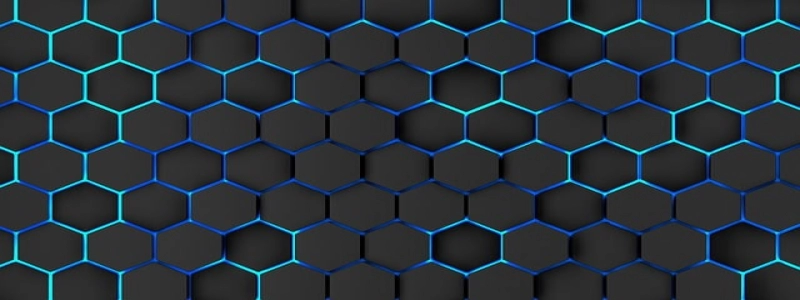How Does Diode Laser Work for Hair Removal
Introduction:
Hair removal has always been a common practice in the beauty industry. Over the years, various methods and technologies have been developed to achieve long-lasting hair reduction. One such technique that has gained popularity is the use of diode laser for hair removal. This article aims to explain the working principle of diode laser and how it effectively removes unwanted hair.
1. Principle of Diode Laser:
A diode laser is a device that emits highly concentrated light beams. The laser beam is produced by passing an electric current through a semiconductor material, creating an optical amplification effect. The diode laser used for hair removal operates at a specific wavelength (typically 800-810 nm) that targets melanin, the pigment responsible for hair color.
2. Selective Photothermolysis:
The principle behind diode laser hair removal is known as selective photothermolysis. This means that the laser energy is selectively absorbed by the melanin in the hair follicles, while sparing the surrounding skin tissue. When the laser beam is directed onto the skin, it is absorbed by the melanin in the hair shaft and follicle. This absorbed energy is then converted into heat, which damages the follicle and inhibits future hair growth.
3. Melanin Absorption:
The reason diode laser is effective for hair removal is due to the high melanin absorption rate at its targeted wavelength. Melanin is a pigment found in the skin and hair, with different concentrations in different individuals. Since melanin absorbs the laser energy, individuals with dark, coarse hair and fair skin are ideal candidates for diode laser hair removal. The laser energy is easily absorbed by the dark melanin, while the light-colored skin reflects most of the energy, minimizing the risk of side effects.
4. Cooling Mechanisms:
To ensure the safety and comfort of the patient, diode lasers are equipped with cooling mechanisms. These mechanisms include contact cooling, where a chilled sapphire or ceramic tip cools the skin, and dynamic cooling, where a burst of cryogen sprays onto the skin before each laser pulse. These cooling methods help reduce pain and protect the skin from thermal injury during the treatment.
5. Long-Term Results:
The targeted destruction of hair follicles by the diode laser leads to long-term hair reduction. Since actively growing hair follicles are more susceptible to laser damage, multiple treatment sessions (usually 6-8) spaced several weeks apart are needed to target all stages of hair growth. The number of sessions required may vary depending on individual factors such as hair color, skin type, and hormonal influences. However, many patients experience significant hair reduction and smoother skin after completing their treatment sessions.
Conclusion:
Diode laser hair removal is a safe and effective method for long-term hair reduction. By utilizing selective photothermolysis and targeting melanin, diode lasers effectively damage hair follicles, inhibiting future hair growth. With the advancements in cooling mechanisms, patients can undergo the treatment with minimal discomfort and reduced risk of side effects. For those seeking a more permanent solution to unwanted hair, diode laser hair removal offers a reliable and efficient option.








